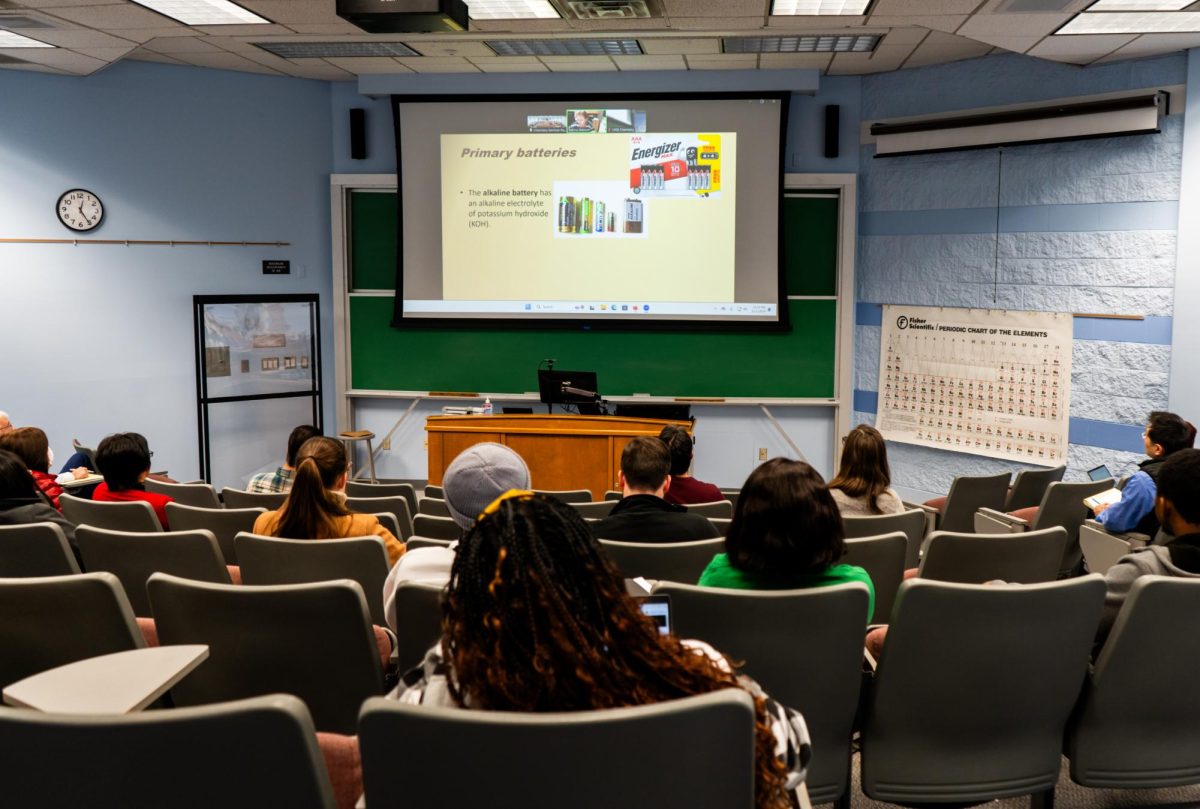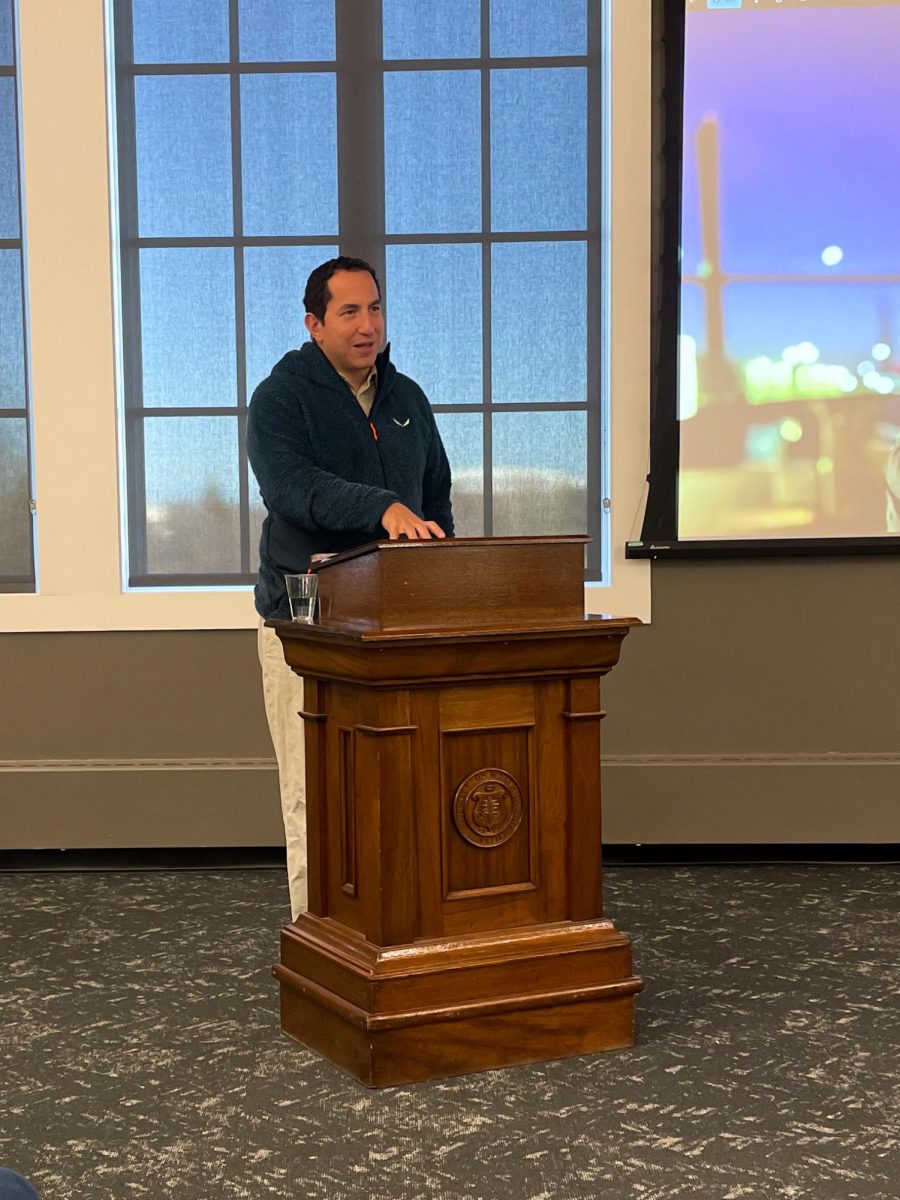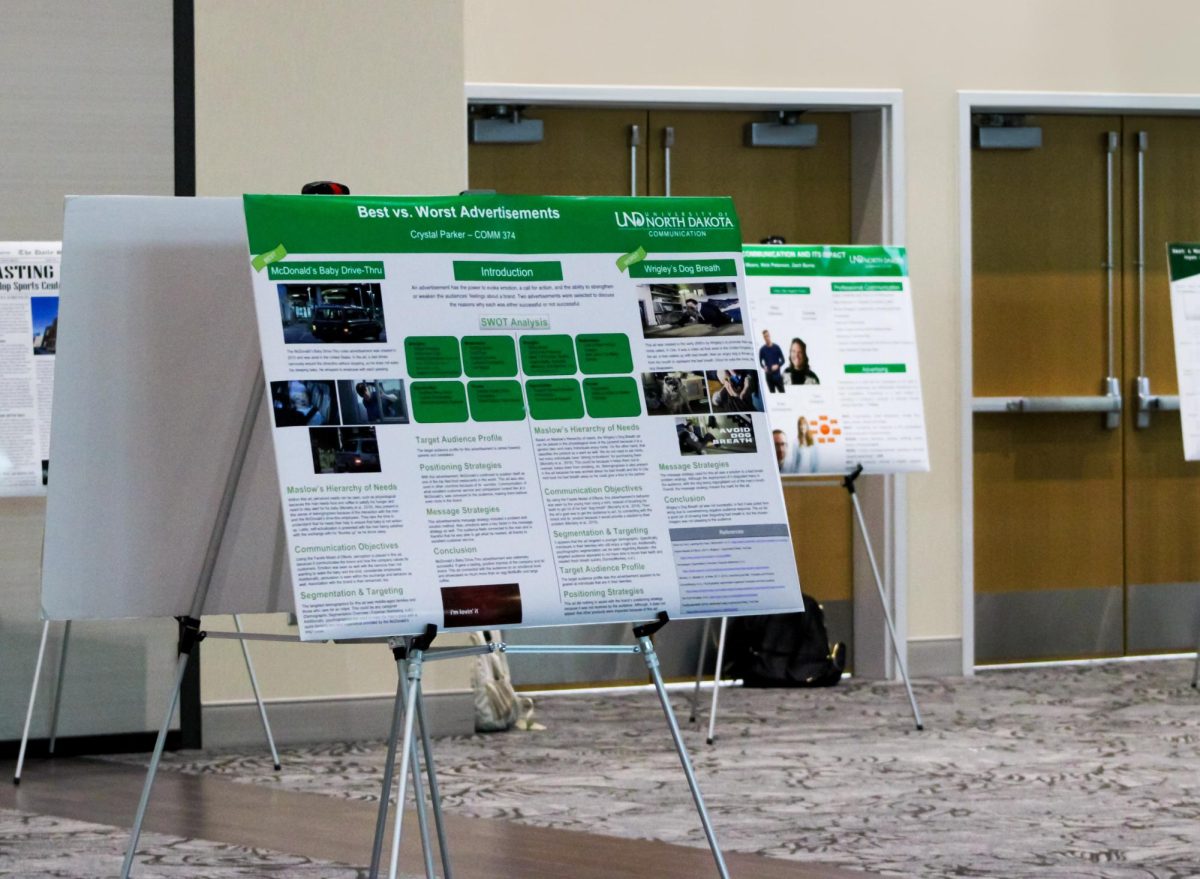While traditionally dominated by oil and coal from the Williston Basin, North Dakota has been diversifying its energy resource matrix for some time. Alongside fossil fuels, the state leverages wind, solar, natural gas, and biofuels, focusing on a balanced approach to energy.
Renewable energy capacity is rapidly growing globally, with solar and wind now accounting for about 95 percent of new capacity thanks to lower costs and favorable policies, according to the International Energy Agency (2023).
North Dakota mirrors this trend but faces challenges in integrating renewables into its energy grid due to infrastructure limitations and ecological trade-offs. For example, wind turbines impact bird migration patterns, according to the National Audubon Society (2024). Additionally, wind turbines have a limited lifespan of about 25 years and often end up in landfills after decommissioning, raising further environmental concerns, according to the IEA (2023).
Land requirements for solar farms pose another challenge, particularly when installations disrupt habitats or agricultural land, according to the Intergovernmental Panel on Climate Change (2022). In North Dakota’s climate, solar energy is most effective during summer, which only lasts a few months, making consistent year-round power difficult. While renewables help reduce emissions, they require careful planning to manage their environmental impacts and seasonal limitations.
In harsh winter conditions, fossil fuels remain essential. Without fossil fuels, homes would struggle to stay warm, farms would halt, and the grid could fail during winter storms. In the Midwest, renewables alone cannot yet meet energy demands in winter.
Despite the continued importance of fossil fuels, North Dakota is pursuing an “all-of-the-above” strategy, combining renewable development with traditional fuels according to the North Dakota Department of Commerce. This approach integrates wind, solar, natural gas, biofuels, and traditional fuels to meet energy needs sustainably while boosting economic resilience (North Dakota Department of Commerce 2024)
This approach is partly driven by government mandates and national trends. Recently, Governor Doug Burgum and a North Dakota delegation signed a memorandum of understanding with South Korean officials to collaborate on hydrogen, carbon capture, and clean energy. This partnership aims to advance innovative energy solutions, with both North Dakota and South Korea setting ambitious carbon neutrality goals, according to the North Dakota Monitor Staff (2024).
Expanding renewable energy depends heavily on effective storage, yet current lithium-ion batteries have limitations. The International Energy Agency reports that energy storage capacity needs to grow sixfold by 2030 to meet demand, but scaling up brings ethical and environmental challenges (IEA 2024). Much of the cobalt used in lithium-ion batteries is mined under dangerous conditions in the Democratic Republic of Congo, raising human rights concerns, according to a study in the Proceedings of the National Academy of Sciences (2024).
To address this, researchers are exploring alternatives such as zinc-ion batteries, which offer longer lifespans and could be a safer, more sustainable option for large-scale storage, according to ScienceDaily (2024). These developments are essential for making renewable storage more viable and ethical.
As energy powers global development, many emerging economies continue to rely on fossil fuels for affordable, reliable energy. The United Nations Development Program states that fossil fuels are essential for poverty reduction and economic growth in developing countries, but their environmental impacts are significant (UNDP 2023). Developed nations have long benefited from fossil fuels, yet they often pressure developing countries to adopt costly renewable infrastructure, a demand that can be economically challenging for these nations.
This issue raises questions of fairness and practicality. Renewables are costly to implement, and fossil fuel infrastructure is generally more established and affordable. Balancing economic needs with environmental goals remains one of the most complex issues in global energy policy as developing nations advocate for fossil fuel use to support their growth. Meanwhile wealthier countries push for reduced emissions.
The future of energy likely rests in a balanced strategy integrating renewables, fossil fuels with carbon capture, and new technologies. Advancements in carbon capture and improved battery storage will be critical for stabilizing grids while lowering emissions. Collaborative efforts, such as the North Dakota and South Korea partnership, highlight the importance of global cooperation in addressing these energy challenges.
References
International Energy Agency. “Renewables 2023: Analysis and Forecast to 2028.” International Energy Agency, Oct. 1, 2023. https://www.iea.org/reports/renewables-2023.
International Energy Agency. “Rapid Expansion of Batteries Will Be Crucial to Meet Climate and Energy Security Goals Set at COP28.” International Energy Agency, April 25, 2024. https://www.iea.org/news/rapid-expansion-of-batteries-will-be-crucial-to-meet-climate-and-energy-security-goals-set-at-cop28.
National Audubon Society Staff. “What Offshore Wind Energy Can Teach Us About Seabirds.”
National Audubon Society, Oct. 2024. https://www.audubon.org/news/what-offshore-wind-energy-can-teach-us-about-seabirds.
Intergovernmental Panel on Climate Change. “Climate Change and Land.” IPCC, Aug. 2022. https://www.ipcc.ch/report/srccl/.
Smith, James, et al. “Global Demand for Cobalt and Its Environmental and Human Rights Implications.” Proceedings of the National Academy of Sciences, vol. 120, no. 22, 2024, https://doi.org/10.1073/pnas.2212037120.
North Dakota Department of Commerce. “Renewable Energy in North Dakota.” North Dakota Department of Commerce, 2024. https://www.commerce.nd.gov/economic-development-finance/energy-and-natural-resources/renewable-energy-north-dakota.
North Dakota Monitor Staff. “North Dakota, South Korea Partner on Energy Research.” North Dakota Monitor, Oct. 14, 2024, 12:01 PM. https://northdakotamonitor.com/briefs/north-dakota-south-korea-partner-on-on-energy-research/.
Davíd Moreno is a Dakota Student General Reporter. He can be reached at davíd.moreno@und.edu.












